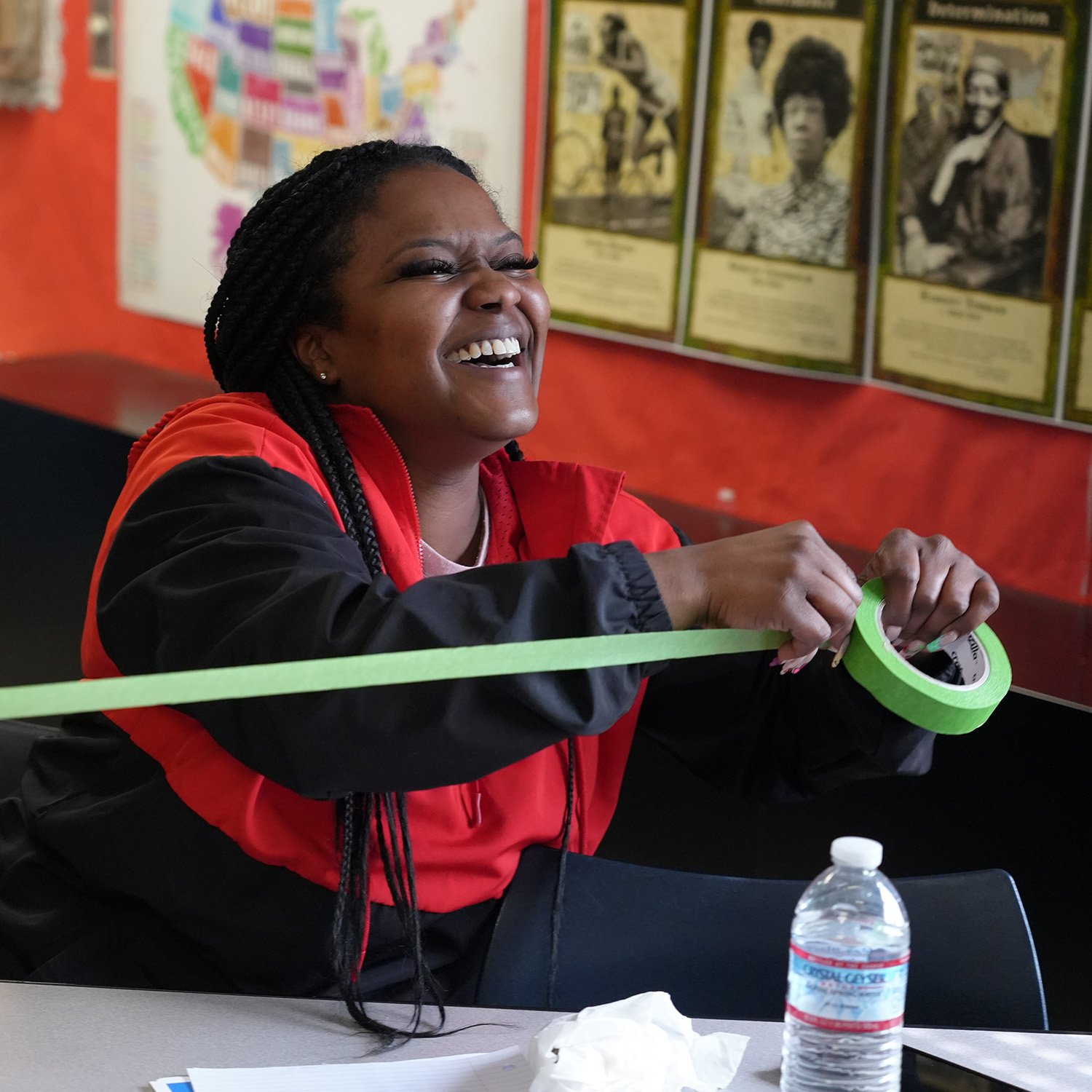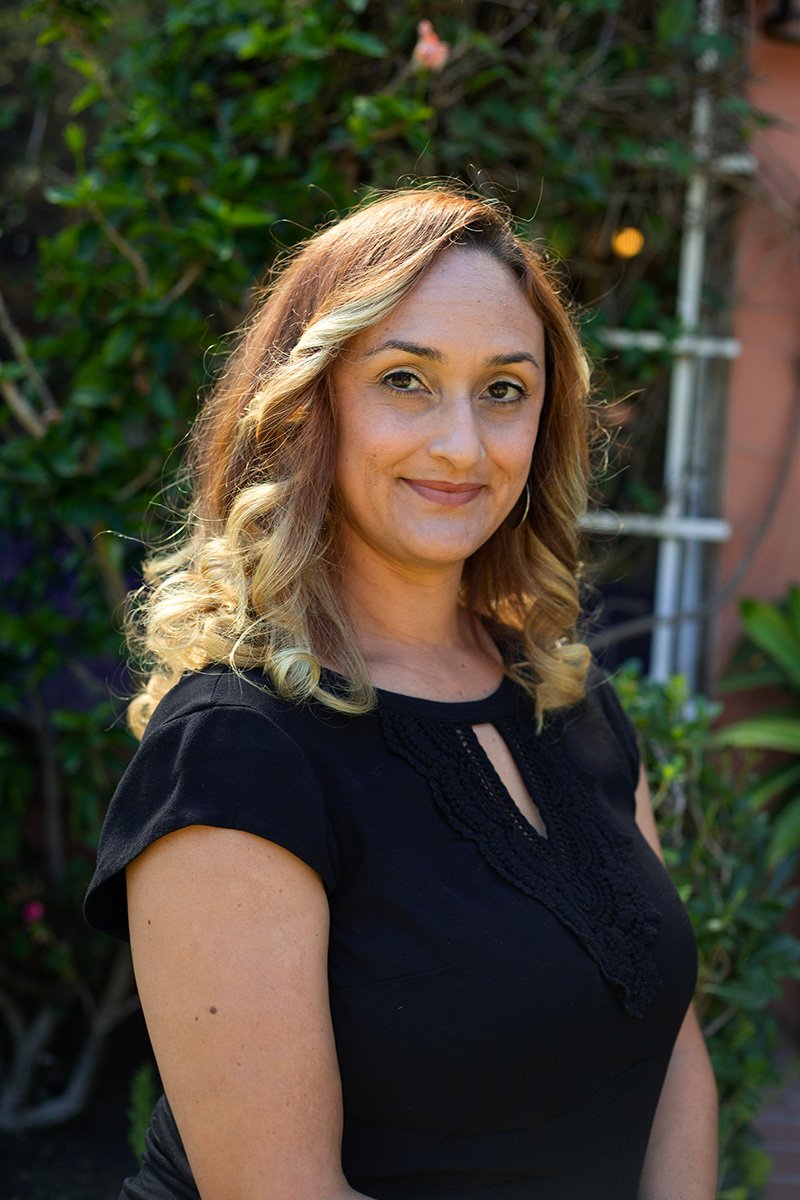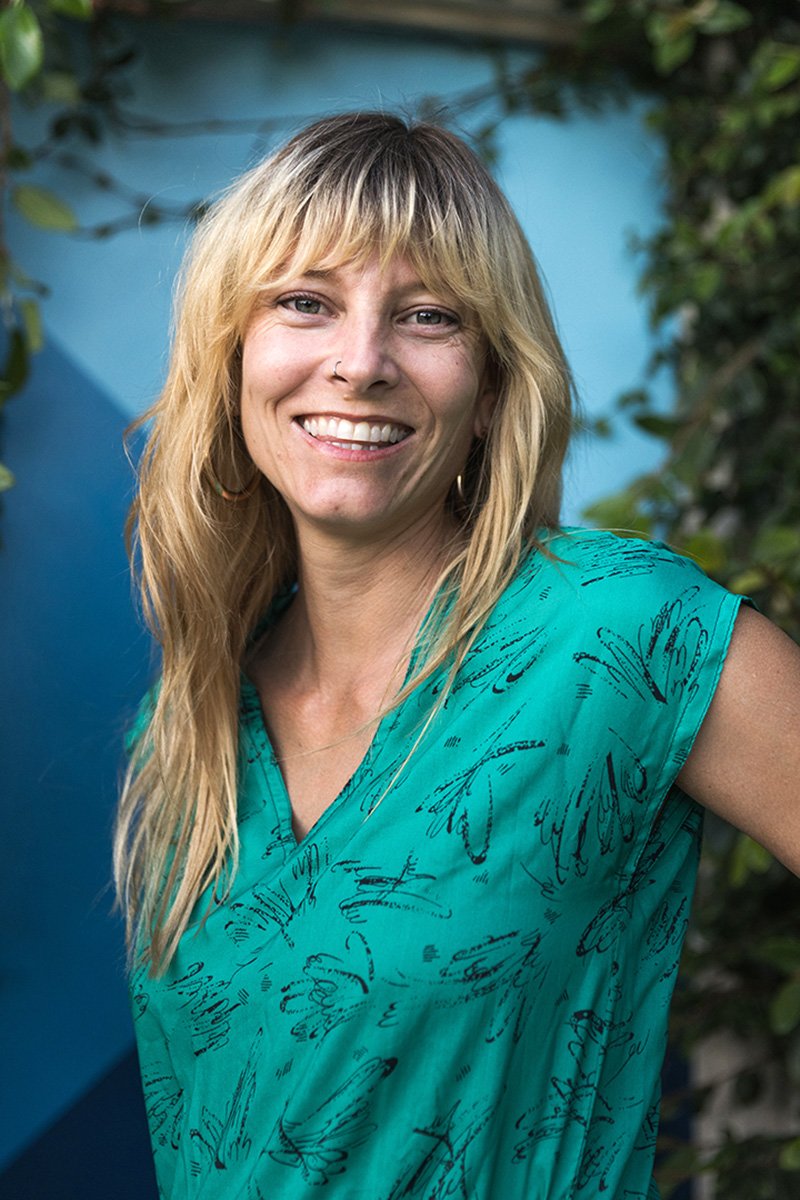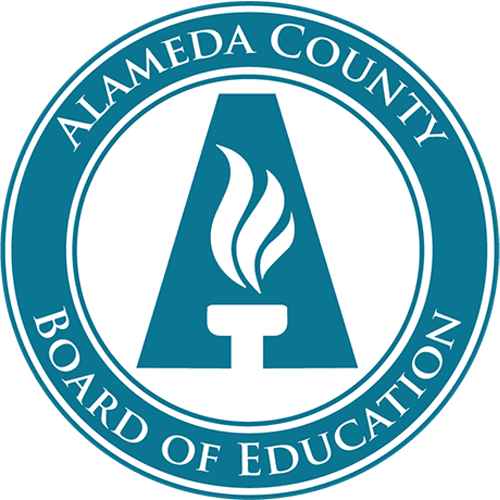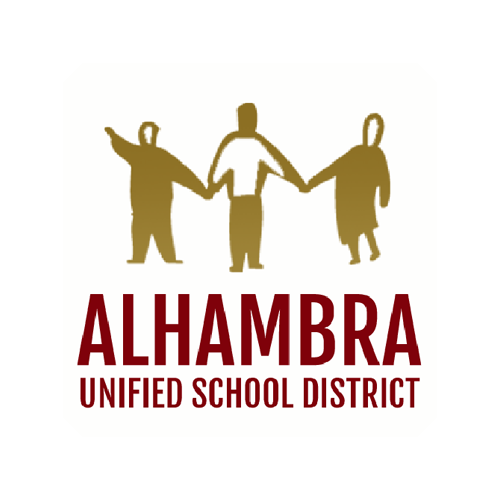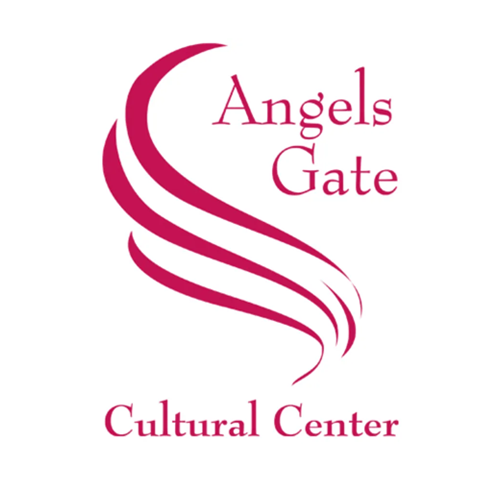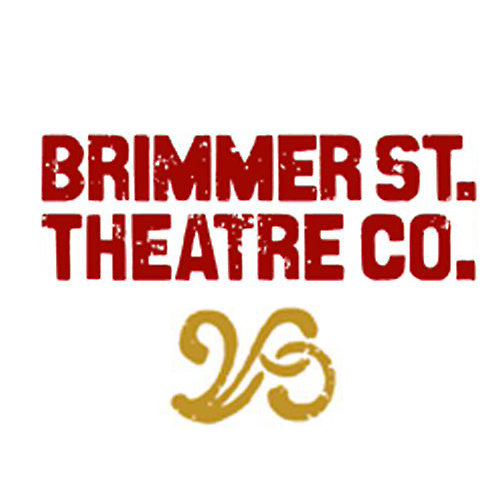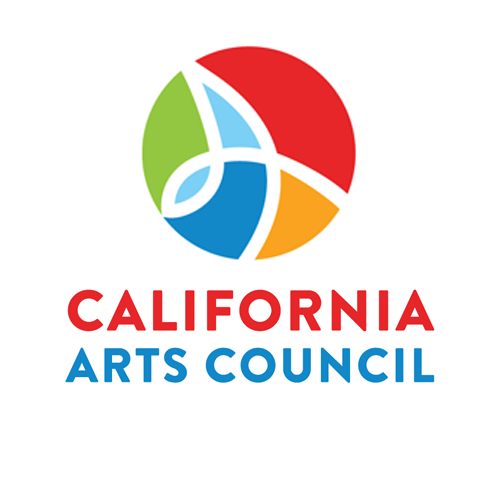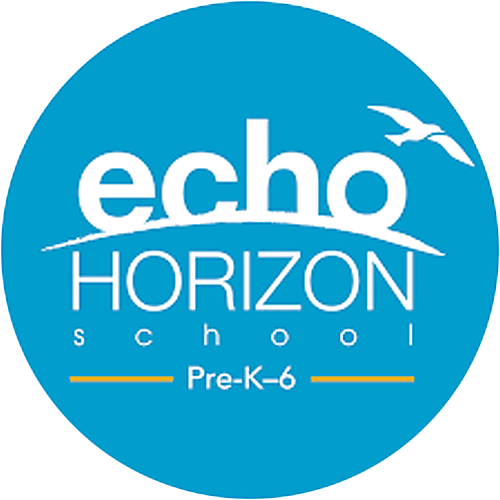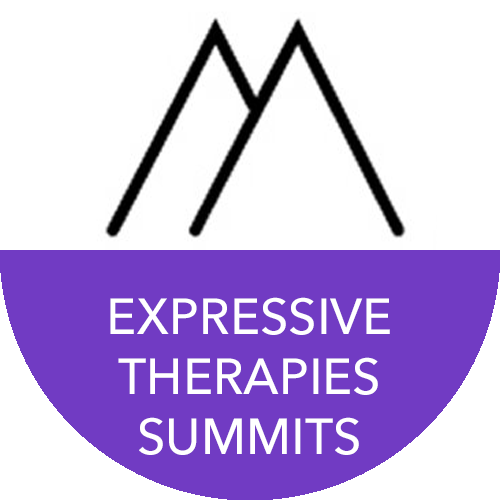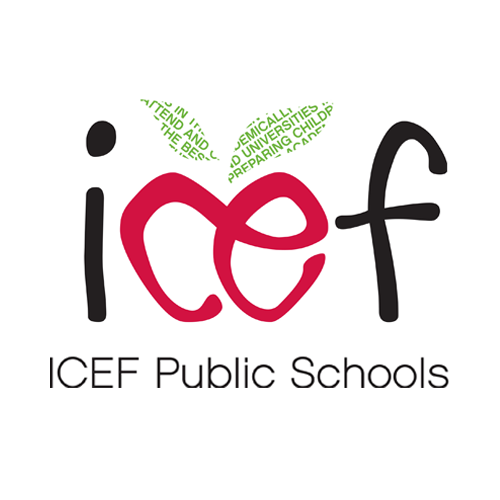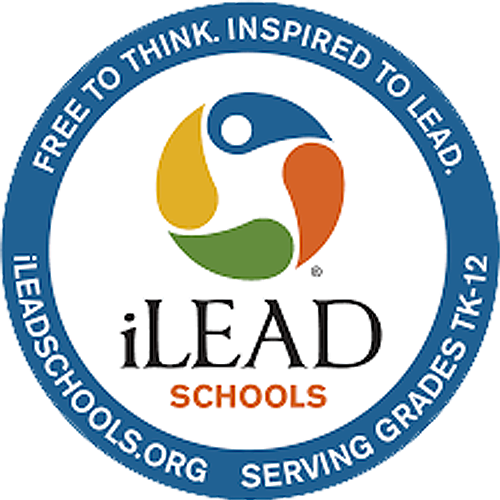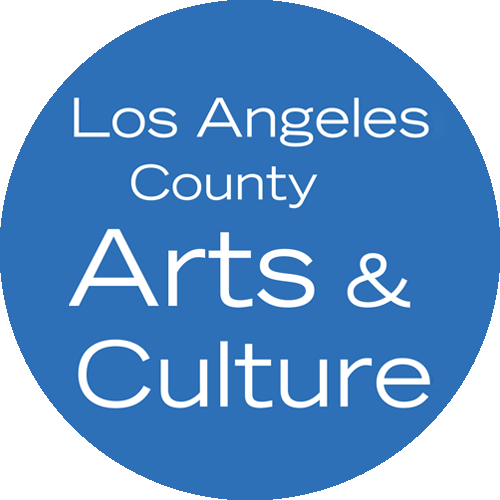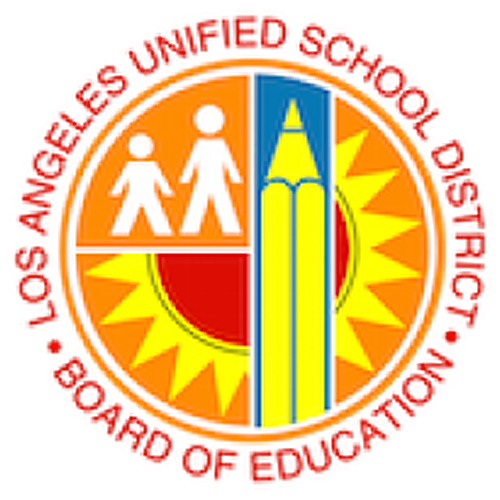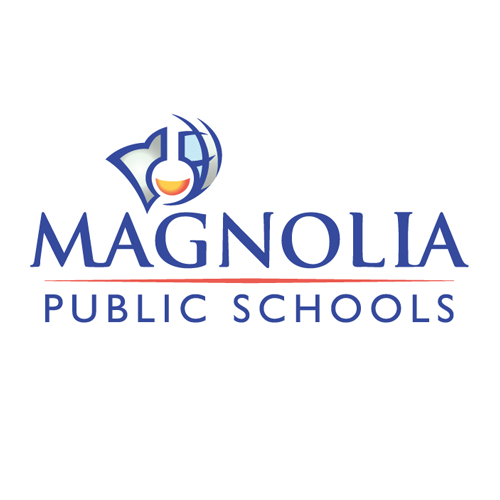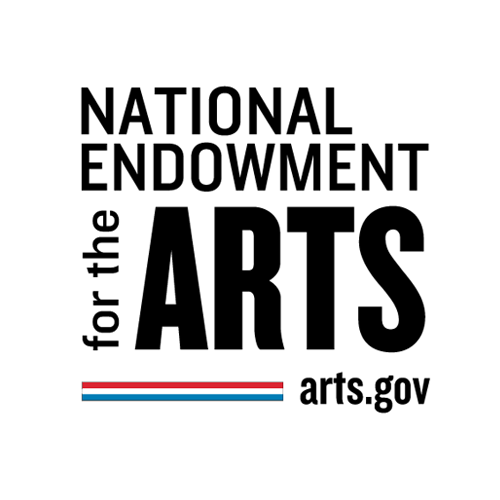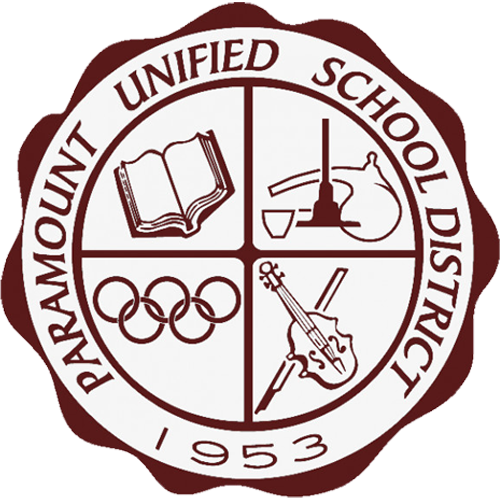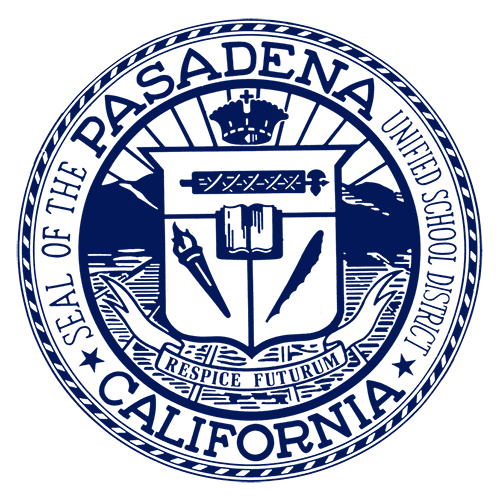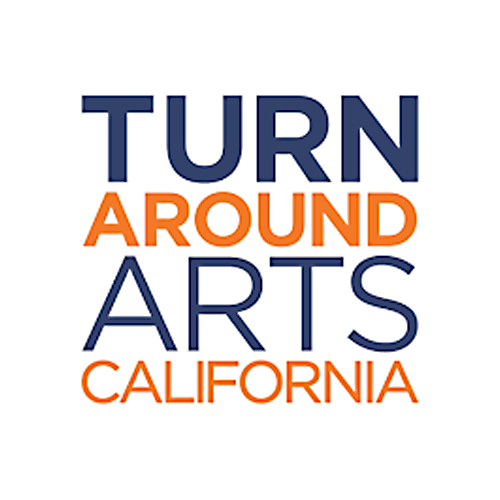
Everyday Arts supports neurodiverse students in achieving their goals through inclusive arts integration. By training educators in arts activities that prioritize social-emotional learning, we aim to create caring, collaborative, and supportive classrooms for all students.
-
Everyday Arts prides itself on delivering fun, hands-on workshops that include collaborative art-making, group discussion, reflective practice, and lesson-planning. Participants learn inclusive teaching strategies, utilizing music, visual arts, drama, and movement activities aligned to the California Arts Standards.
-
Our curriculum is adaptable for a wide range of populations, including students with autism spectrum disorder, intellectual disabilities, multiple disabilities, emotional disturbance, and learning disabilities, and has been shown to have a positive effect on reaching Individualized Educational Plan goals in self-contained classrooms as well as inclusion settings.
To date, Everyday Arts Programming has reached 816 teachers and 42,331 students. -
Our methodology improves outcomes in academic learning, social-emotional learning, and arts learning by emphasizing student engagement; once students are engaged, their capacity for all learning is exponentially increased. We utilize the principles of Universal Design for Learning, a research-backed framework that optimizes teacher practice by providing multiple means of engagement for their students, as well as the Collaborative for Academic, Social, and Emotional Learning “Core SEL Competencies,” which enhance students’ capacity to integrate skills, attitudes, and behaviors to deal with daily tasks and challenges.
-
Programming primarily serves educational institutions in the greater Los Angeles area and is also available remotely.
Everyday Arts acknowledges our presence on unceded land traditionally cared for by the Tongva, Kizh, Chumash, and Fernandeño Tataviam peoples. We honor their elders, past and present, and their descendants, who are citizens of the Gabrielino/Tongva Nation, Chumash Nation, Kizh Nation, and the Fernandeño Tataviam Band of Mission Indians. Please take a moment to consider the many legacies of violence, displacement, exclusion, erasure, migration, and settlement that have brought us here. For more information, and to find whose land you’re on, visit www.native-land.ca.

PROGRAMMING
Educator Workshops
Learn how to infuse arts-based strategies into your everyday teaching practice. Help improve students’ social-emotional and academic growth through music, visual arts, movement, and theater activities! These workshops are open to classroom teachers, arts specialists, administrators, and related service providers.
Lesson Planning Support
Receive post-workshop support via a one-on-one session with an Arts Integration Specialist. We’ll work with you to identify and adapt arts activities most suited to your classroom goals and Individualized Education Plans (IEPs). These coaching sessions are available for classroom teachers and arts specialists.
Class Visits
Receive in-class support to implement arts integration lessons with your students. Our Arts Integration Specialist will co-facilitate with the classroom teacher and support staff.
Family Workshops
Learn new ways to engage your children at home through easy-to-implement music, visual arts, movement, and theater activities! Parents and caregivers are invited to attend these workshops with their children, where they will participate in fun and accessible artmaking together.

Our Team
Noemy Hernandez
Executive Director,
Co-Founder
Matt Bogdanow
Director of Education and Grants,
Co-Founder
Vanessa Ramirez Pegg
Director of Operations and Programs,
Co-Founder
Laurel Butler
Director of Youth Programming
Rosa Garcia
Board Member
Darice Bailey
Board Member
Bryan Wake
Board Member
Darryl King
Board Member

PARTNERS

News




